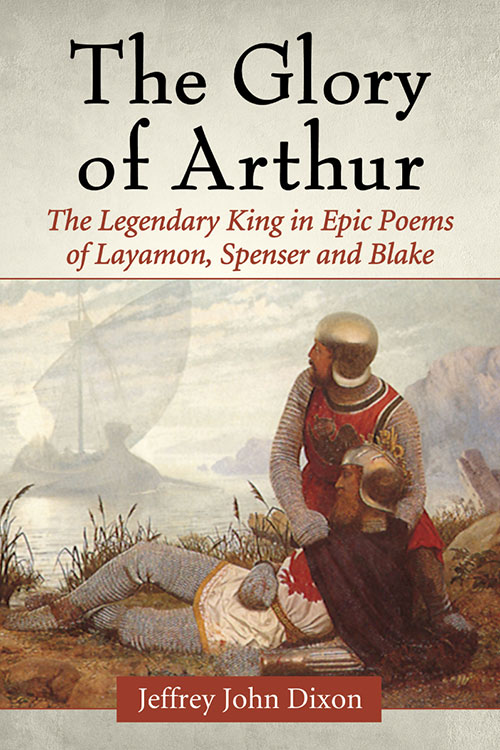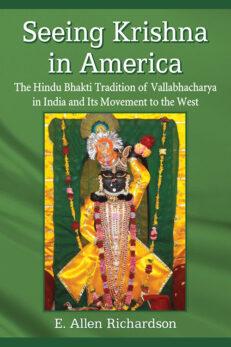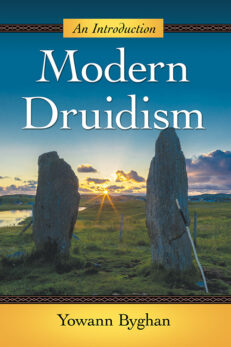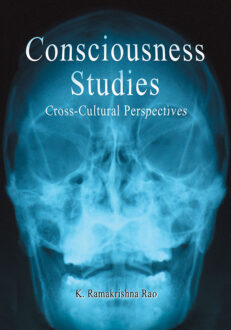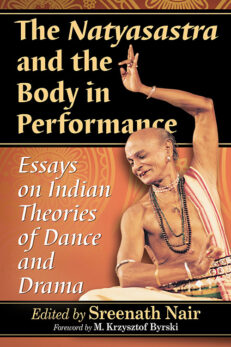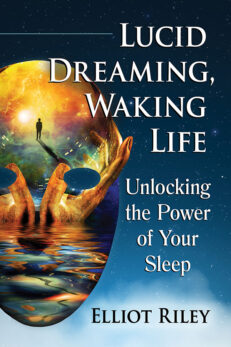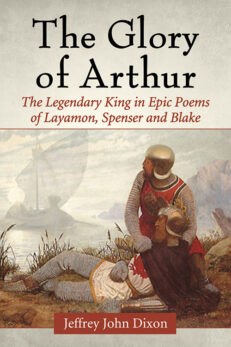The Glory of Arthur
The Legendary King in Epic Poems of Layamon, Spenser and Blake$29.95
4 in stock (can be backordered)
About the Book
Starting with William Blake’s lost painting The Ancient Britons, this book shows how the visionary artist and poet reworked the Matter of Britain—the corpus of legends presenting an alternative history of Britain—into his own mythology. He thus adds to a tradition of Arthurian epic begun by Layamon in the 13th century and continued by Edmund Spenser in the 16th, in which a Romano-Celtic warlord becomes an icon of the English imagination.
This book shows how Britain became the promised land of a pagan goddess where mythical events are as important as those of history, and how the figure of Arthur is transformed into a British Messiah whose Christian realm is in continuous interaction with the Otherworld of Faerie, an imagined place between the spiritual and the earthly. Arthur as perceived through Blake’s vision is the earthly embodiment of the fallen Albion; this exploration of the mythic underpinnings of the English sense of nationhood reveals an imaginative consciousness that links us to “human existence itself.”
About the Author(s)
Bibliographic Details
Jeffrey John Dixon
Format: softcover (6 x 9)
Pages: 212
Bibliographic Info: appendix, notes, bibliography, index
Copyright Date: 2014
pISBN: 978-0-7864-9456-9
eISBN: 978-1-4766-1609-4
Imprint: McFarland
Table of Contents
Preface 1
Introduction: Imagining Arthur 5
Prologue: The Lost Ancient Britons 11
One. The Founding of Britain 31
Two. The Conversion of Britain 47
Three. Dreaming of Sovereignty 61
Four. Immortal Imagination 84
Five. The Image of a Brave Knight 102
Six. The King of Two Worlds 115
Seven. The Sun of Britain Sets 133
Eight. The British Messiah 149
Nine. The Couch of Albion 165
Epilogue: Believing Vision 178
Appendix: Masterful Images 183
Chapter Notes 191
Bibliography 195
Index 199

